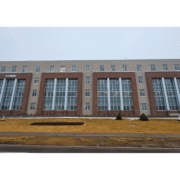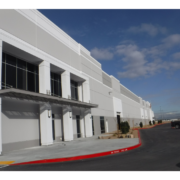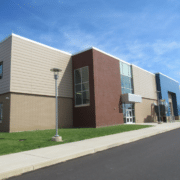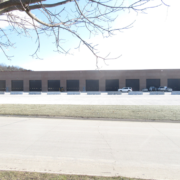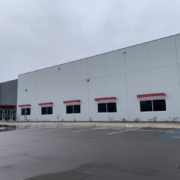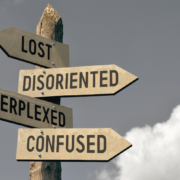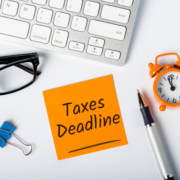The Ultimate Guide to the §179D Tax Deduction: Saving Money While Going Green
Building owners and designers of tax-exempt buildings who want to save money while being environmentally aware should look into §179D as a resource in this age of sustainability-focused business planning and growing environmental consciousness. Building owners should take advantage of this tax incentive to increase the company’s cash flow. On the other hand, Architects, engineers, and/or design-build firms, who are designers of EECBP: energy-efficient commercial building property of tax-exempt buildings could potentially benefit from the §179D tax deduction while simultaneously going green. This all-inclusive guide will show you how the §179D tax deduction works and how it could increase your company’s cash flow and overall building’s sustainability and resiliency.
What is the §179D Tax Deduction?
In 2005, the Energy Policy Act was passed, which resulted in the introduction of the 179D tax deduction, officially known as the Energy Efficient Commercial Buildings Deduction.
The §179D tax deduction was created to incentivize those who design and build commercial buildings at higher energy standards. This tax benefit is available to building owners and designers of energy-efficient commercial building property (EECBP).
At first glance, the Section 179D deduction may appear to be an excessively confusing tax regulation for the naked eye. After fourteen years of specialized experience on §179D, we find it is relatively straightforward. Section 179D is one of the few tax regulations in the most recent stimulus packages that assist small company owners in becoming more energy efficient. Even though large corporations also benefit from §179D, the original intention of this statute was to offer small businesses significant tax breaks, and thousands of these businesses are now reaping the benefits.
Eligibility for the Deduction:
Businesses must renovate their commercial buildings to be more energy efficient to be eligible for the §179D tax deduction. Among these renovations are improvements in the energy-efficient parts of the building. In addition, to be considered, a building must be able to reduce its energy cost to a certain level, as specified by IRS guidelines.
The §179D Deduction formerly allowed only to government agencies such as public schools, municipalities, state, and federal buildings to allocate the tax deduction to the designer of the EECBP. The Inflation Reduction Act (IRA) has broadened the recipients allowed to allocate this tax deduction to include tax-exempt organizations, such as:
- Private schools or colleges
- Private hospitals
- Religious institutions
- Museums
- Charitable organizations
- Indian tribal governments
- Organizations that qualify as 501(c)(3) under the Internal Revenue Code
- Companies that own, operate, or finance income-producing real estate across multiple property sectors are also covered, known as Real Estate Investment Trusts (REITs).
Conclusion
The fundamental objective of Section 179D’s tax deduction is to encourage businesses in the United States (and the economy as a whole) to maximize efficiency by participating in environmentally conscious choices. Companies can save money and make a big difference to the environment through the 179D tax deduction. Not only may you claim a tax benefit for green buildings, but you’ll also reduce their operation and maintenance costs.
Your partnership with us will bring you one step closer to obtaining the tax incentives you are entitled to. Connect with Walker Reid, and we can guide you further.


